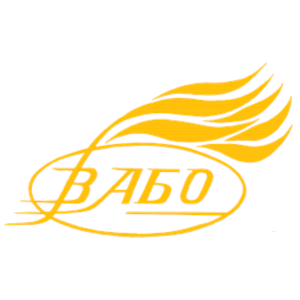THE IMPACT OF TECHNOLOGY INTEGRATION ON STUDENT MOTIVATION IN EFL CLASS
DOI:
https://doi.org/10.32782/academ-ped.psyh-2024-1.02Keywords:
modern technologies, intrinsic motivation, SWOT analysis, language acquisition, instructional strategiesAbstract
The purpose of the article is to explore the potential of using modern technologies to increase motivation among school students in the classroom environment. The main objectives of the research include analyzing approaches and tools that can contribute to enhancing student motivation, as well as identifying the advantages and limitations of technology use in the educational process. The scientific novelty. This research contributes to the existing body of knowledge by providing insights into the specific impact of modern technologies on the motivation of 9th-grade students in the context of English language learning. By employing a combination of qualitative and quantitative research methods, as well as utilizing the SWOT analysis framework, this study offers a comprehensive understanding of the potential benefits and challenges associated with integrating technology into the classroom environment. Furthermore, this research sheds light on the effectiveness of various technological tools and approaches, such as multimedia resources, interactive platforms, and collaborative tools, in enhancing student motivation. By identifying these specific technologies and their impact on student engagement, this study offers practical implications for educators seeking to enhance motivation and improve learning outcomes among 9th-grade students. Conclusions. This study highlights the potential of modern technologies to enhance motivation among secondary school students in the classroom setting, particularly in the context of English language learning. By analyzing the impact of specific technological tools and approaches, such as multimedia resources and interactive platforms, this research demonstrates their effectiveness in stimulating student interest and engagement. Moreover, the findings underscore the importance of integrating technology into educational practices to create dynamic and interactive learning environments that cater to the diverse needs of students.
References
Бойко М.М. Технологія SWOT-аналізу в управлінні якістю підготовки майбутнього вчителя у педагогічному університеті. Наукові записки Тернопільського національного педагогічного університету імені Володимира Гнатюка. Серія «Педагогіка». 2018. № 2. C. 13–22.
Гуменюк О.Г. Використання SWOT-аналізу як основного інструменту стратегічного управління. Глобальні та національні проблеми економіки. 2017. C. 281–285.
Ahmadi M. The Use of Technology in English Language Learning: A Literature Review. International Journal of Research in English Education. 2018. № 3(2). P. 115–125.
Bureau J.S., Howard J.L., Chong J.X.Y., & Guay F. Pathways to student motivation: A meta-analysis of antecedents of autonomous and controlled motivations. Review of Educational Research. 2022. № 92(1). P. 46–72.
Rivera Barreto A. Motivating English Language Use by using the benefits of technology. Gist Education and Learning Research Journal. 2018. № 16. P. 117–140.
Panagiotidis P., Krystalli P., & Arvanitis P. Technology as a Motivational Factor in Foreign Language Learning. European Journal of Education. 2018. Vol. 1, 43. P. 43–52.
Urhahne D., Wijnia, L. Theories of Motivation in Education: an Integrative Framework. Educational Psychology Review. 2023. № 35(2).








